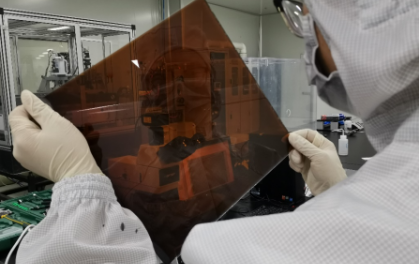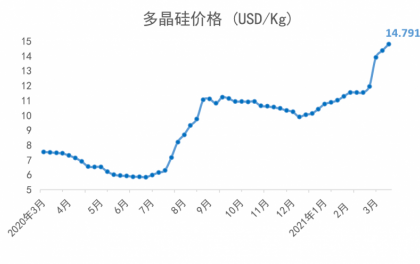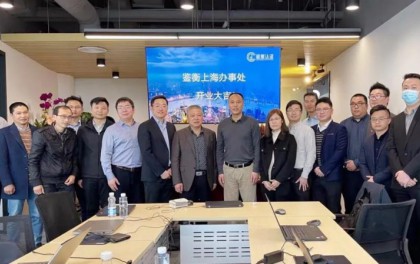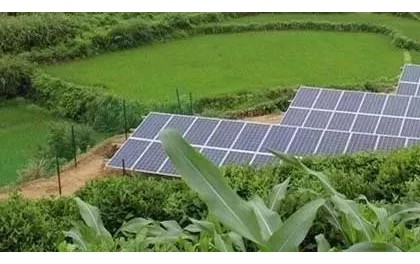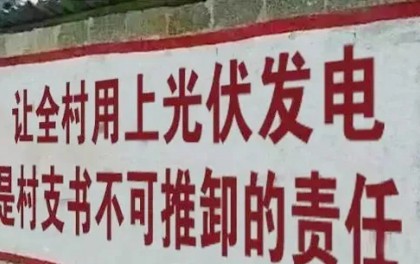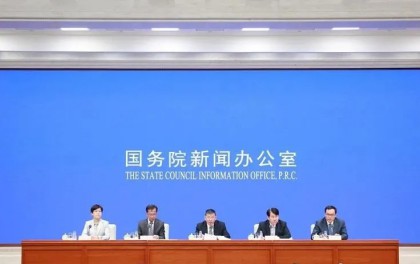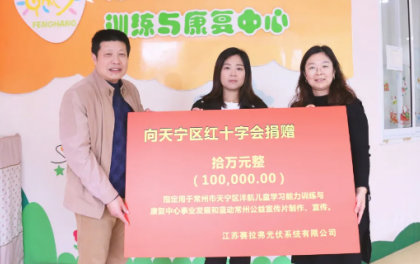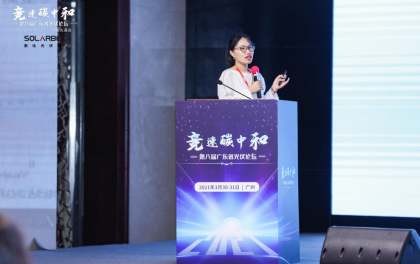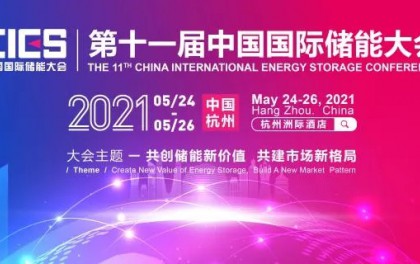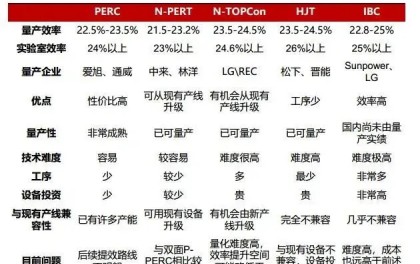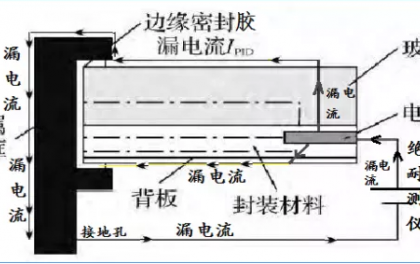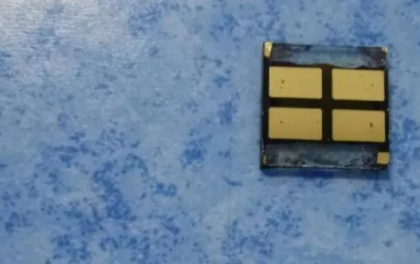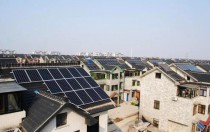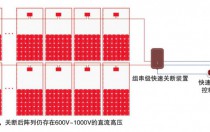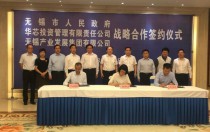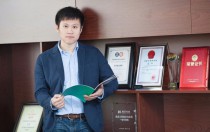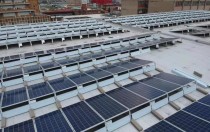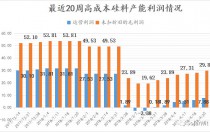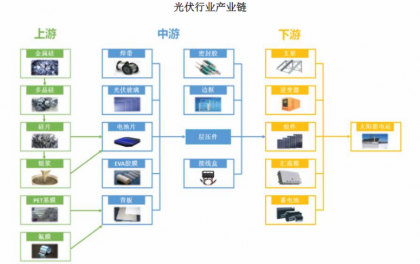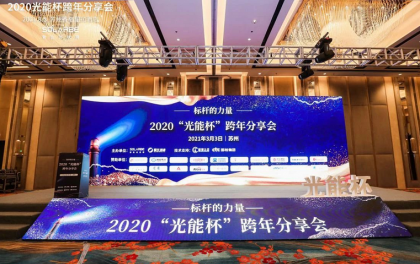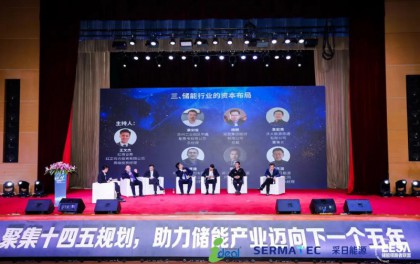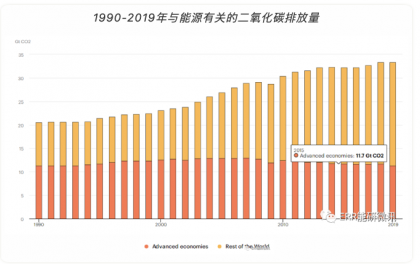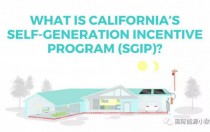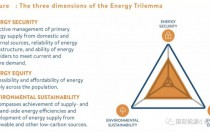Preface
Solar power is the cleanest, easiest to get and unpolluted green energy of the world. It can be designed from simple, sand-alone style onto more complicated control to create power. Thailand is a sunshine country and the population mostly concentrates in bigger cities such as Bangkok that causes the electric power equipment and construction only gather in urban areas, but rural areas or isolated islands can’t get the power adequately due to connection difficulty. The stand-alone Photovoltaic system, therefore, will become the best solution to satisfy those people in the special areas of Thailand.
Meanwhile, the industry of automotive assembly is one of the most important categories supporting from Thai government that has attracted several global automotive companies such as GM, Toyota…to establish the assembly lines in Thailand. This has benefited Thailand from promoting its clusters in auto-industry all over the world. Since LED lights have been commonly developed into automotive such as tail lights & HMSL, there will be a couple of opportunities in LED applications for local market.
Strengths & Opportunities
1. To gain the updated high-tech and process of solar module lamination transferred from NCT
2. Technical support and design consultant from NCT
3. Supply resource promised for the Key materials e.g. cells, LED
4. Plenty of labor manpower in Thailand
5. Cheaper and easier to get the land and factory
6. Convenience in logistics support
7. OEM/ODM chance from NCT
8. Available capital for investment
9. Larger markets in ASEAN
10. To Enjoy preferential tariff & tax-saving of ASEA and the related countries of the world
Benefits
1. The photovoltaic power system can benefit those people in the areas such as insufficient electric areas, remote islands and isolate areas of Thailand.
2. New investment can stimulate local economy and lead to prosperity.
3. To utilize local manpower and increase employment opportunity.
4. Bring the high technology & knowledge in photonics to the country.
5. Higher turnover rate to equipment & capital
6. Not only for domestic market, but also can export to overseas markets.
Modules Description & Production
The photovoltaic module is an assembly of electrically interconnected solar cells enclosed in a weatherproof package to protect it from the effects of the environment. Modules up to 137 cm x 200 cm can be manufactured by the production line.
The module circuit design specifies the number of cells connected in series, the number of cells connected in parallel, and the frequency of parallel interconnects. The number of cells in series determines the module operating voltage. The cell area and the number of cells in parallel are proportional to the module current output. Any practical series/parallel configuration can be made.
Many different module types can be manufactured by production line. The actual design used can include technically qualified materials locally available in the country of manufacture. Following is a description of a module whose components have successfully passed accelerated environmental testing. This design is provided by Spire and is used for the initial line demonstration.
The module consists of interconnected and encapsulated solar cells in a durable and environmentally protected package. A cut-away view is shown in the figure below. The encapsulation system incorporates the latest developments proven by the U.S. Department of Energy program. Tempered low-iron glass is normally used for the front cover (or superstrate) to provide permanently transparent protection for the optical surface of the module. However, other types of glass, such as window glass, may be used. The remainder of the laminate consists of clear ethylene vinyl acetate (EVA) encapsulant, the cell circuit, a second layer of EVA, a fiberglass sheet, and a back cover film.

EVA, which is supplied in sheet form, is both a transparent soft encapsulant and an adhesive for bonding the layers together. The Spire lamination process, using the laminayor, is designed to thoroughly remove air from between all layers. The fiberglass mat protects the back cover film from damage which can be caused by the back side of the cell circuit during the module's lifetime. When the EVA encapsulant is heated for lamination, it melts and impregnates the fiberglass. This provides a strong bond extending from the cell backs, through the fiberglass, to the back cover.
The module edges, where the back cover film meets the glass, are protected by a gasket. This edge gasket cushions the glass panel in the module frame to prevent degradation of the edge by daily thermal cycling.
Electrical output leads are brought through the encapsulant and back cover. The leads go to a junction box mounted on the back of the module. Weather-tight wire connections are made at the junction box
Manufacturing Process
The process for fabricating photovoltaic modules consists of the following steps:
· Sorting solar cells into performance groups (current groups at load voltage) with the solar test
· Assembling and soldering strings of cells interconnected with metal ribbons or "tabs" using the manual or assembler
· Completing the module circuit by soldering bus ribbons to connect the strings together and provide output leads
· Visually inspecting and electrically testing the module circuit by measuring its dark I-V characteristics
· Washing, rinsing, and drying the glass superstrate
· Cutting the EVA, fiberglass, and back cover to length and assembling them with the glass and module circuit, in preparation for encapsulation.
· Laminating the module assembly and curing the EVA with the laminator.
· Proceeding through final assembly, including edge trimming, installing an edge gasket and frame, and attaching a junction box
· Performing a high voltage isolation test to guarantee voltage isolation between the cell circuit and the module frame
· Electrically testing the module performance by measuring a current-voltage curve under simulated sunlight with the simulator.
· Visually inspecting the completed module for quality of materials and workmanship
This process uses solar cells and module materials as input and produces functional PV modules, ready for use. The process sequence is schematically illustrated in the figure below. The product line provides the necessary equipment and training for implementing these process steps.

Major Equipment & technology transfer Cost
|
PROCESS |
EQUIPMENT |
PRICE (USD) |
|
1. Cell Testing |
Cell Tester |
150,000 |
|
2. Module Lamination |
Laminator |
185,000 |
|
3. Performance Test |
Module Simulator |
200,000 |
|
4. Others |
|
150,000 |
|
5. Cell cutting (Option) |
Dicing-saw |
100,000 |
|
6. Technology transfer fee (testing materials excluded) |
|
780,000 |
|
7. Training fee – 2 men x 2 months |
|
40,000 |
- 推荐
- 政策
- 市场
- 企业
- 产业
- 技术
- 专栏
- 招标
- 更多
- 行情
- 财经
- 展会
- 光热
- 储能
- 碳交易
- 能源互联网电改
-
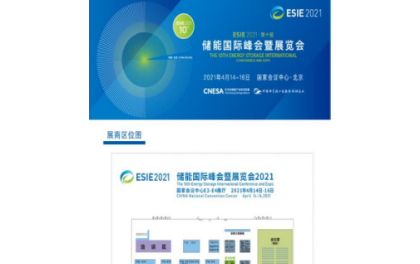
-
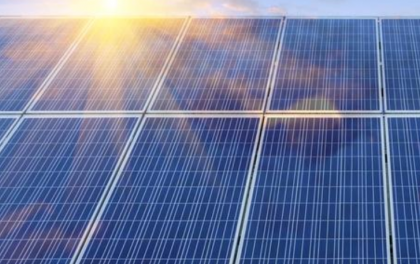
- Intersolar Europe展览会宣布推迟六周
-
 1个月前
1个月前 pv-tech
pv-tech IntersolarEurope光伏展览会
IntersolarEurope光伏展览会
-
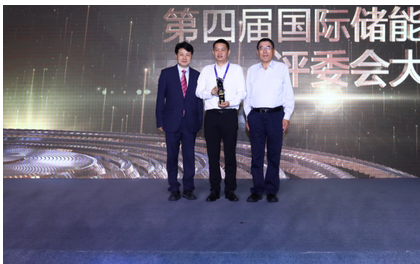
- 第五届国际储能创新大赛参赛项目火热征集中
-
 2个月前
2个月前 中关村储能产业技术联盟
中关村储能产业技术联盟 国际储能创新大赛
国际储能创新大赛
-
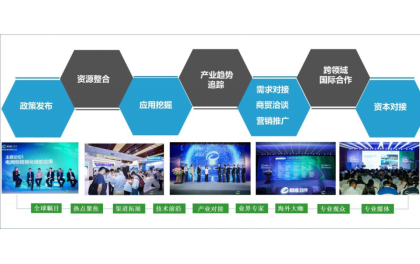
- 第十届储能国际峰会暨展览会2021(ESIE2021)定档明年4月
-
 3个月前
3个月前 索比光伏网
索比光伏网 储能国际峰会
储能国际峰会
-

- 2021第四届京津冀光储充品牌展
-
 3个月前
3个月前 欧乐光伏网
欧乐光伏网 光储充品牌展
光储充品牌展
-

-
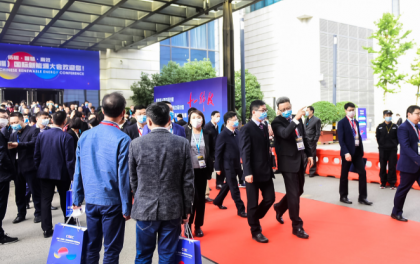
-
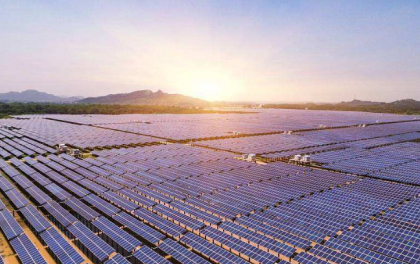
-

- 第十五届亚洲光伏创新与合作论坛在杭州召开
-
 5个月前
5个月前 索比光伏网
索比光伏网 亚洲光伏展
亚洲光伏展
-
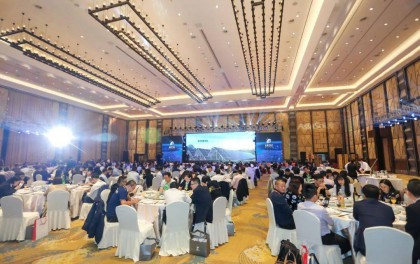
-

-

-

-

- 两光热发电相关项目入选2021年甘肃省省列重大项目名单
-
 1星期前
1星期前 CSPPLAZA光热发电平台
CSPPLAZA光热发电平台 甘肃光热发电有限公司风光热储一体化
甘肃光热发电有限公司风光热储一体化
-

-

-

-

-

-

-

- 以法为“舵”:助推可再生能源发展
-
 1年前
1年前 《中国人大》杂志2020年第1期
《中国人大》杂志2020年第1期 可再生能源
可再生能源
-
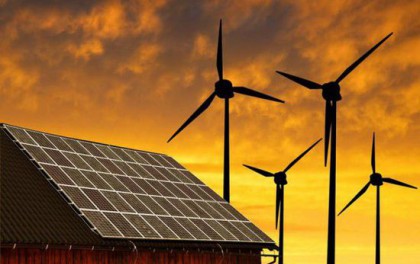
- 河南提前下达可再生能源发展专项资金,八企业获1842万元
-
 1年前
1年前 大河报网
大河报网 可再生能源发展
可再生能源发展
-
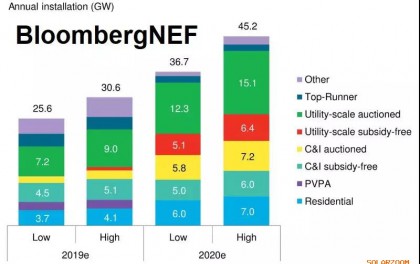
- 能源转型2020:不可预见的奇迹
-
 1年前
1年前 角马能源
角马能源 能源转型,能源物联网
能源转型,能源物联网
-
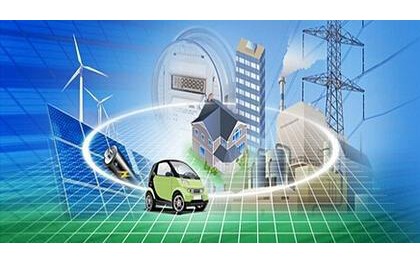
-
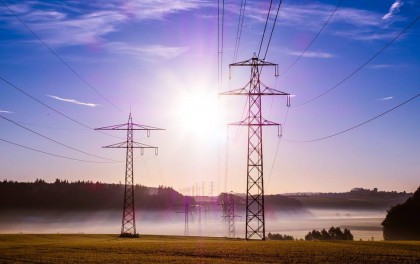
-

-
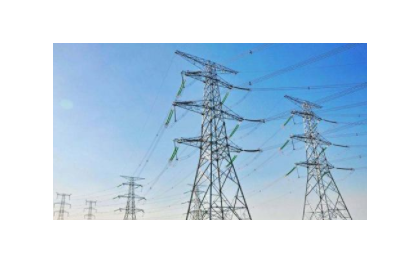
-

-

-

 推荐阅读
推荐阅读
 最新活动
最新活动- more
 新闻排行榜
新闻排行榜
- 日榜
- 周榜
- 月榜
-
1 IHS Markit:预计2021年国内光伏新增装机60GW,全球新增180GW以上
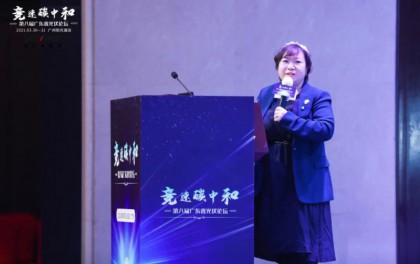
- 3月30日,由中山大学、Solarbe索比光伏网、索比咨询、广东永光新能源联合主办的竞速碳中和2021 年度第八届广东省光伏论坛隆重召开。IHSMarkit高级分析师胡丹在会上对全球光伏市场及产业链趋势进行了分析与展望。胡丹
-
2 后平价时代,复合型光伏项目的建设、开发要素
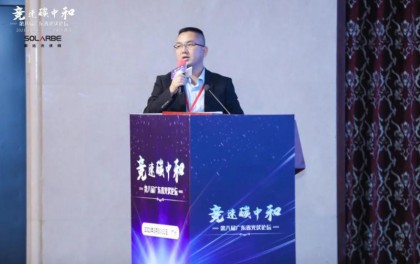
- 在2060年碳中和目标指引下,我国光伏迎来又一个快速发展阶段。近年来,土地资源紧张问题显现,光伏行业更加聚焦于多样化应用模式的开发。采用光伏+农业、渔业、牧业等模式,即能有效解决光伏电站建设的选址问题,又
-
3 如何实现“双碳”目标?广东的这些经验可以借鉴!
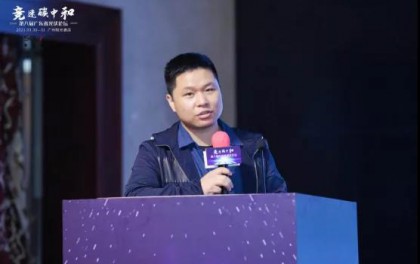
- 日前,各方瞩目的全国碳排放权交易市场正式启动。广东在其十四五规划中明确提出,要推动绿色低碳发展,制定实施碳排放达峰行动方案,推动碳排放率先达峰。作为制造业大省,广东一直致力于降低碳排放,向低碳转身,从
-
4 今日铜价微涨!
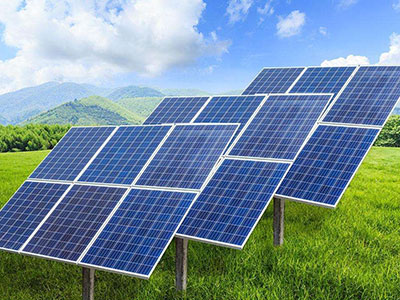
- 长江现货1#铜价:65650元/吨,涨30元/吨无氧铜丝(硬):66810元/吨,涨30元/吨漆包线价:70850元/吨,涨30元/吨A00铝价:17430元/吨,涨170元/吨广东现货1#铜价:65590元/吨,跌30元/吨A00铝价:17440元/吨,涨180元/
-
5 国外光伏行业研究

- 德国作为欧洲第一大经济体,在固定上网电价方面积累了将近20年的经验。德国从2000年起,制定了《可再生能源法》。在随后的十几年里,德国数次调整这项法律,适时地引导和调控促进了可再生能源市场的良性发展。这一系
-
1 朱共山:布局换电,协鑫能科开启移动能源时代

- 移动能源时代的引路人在北京CBD的一间酒店内,协鑫集团董事局主席朱共山一天内会见了十余位投资人。据身边人透露,这是近期朱共山每天的常态。除了保利协鑫的黑科技颗粒硅技术大受追捧之外,外界资本最为感兴趣的就
-
2 曹宇:“碳达峰”下光伏迎来第二次历史机遇
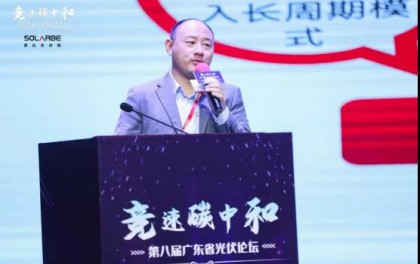
- 3月30日,由中山大学、Solarbe索比光伏网、索比咨询、广东永光新能源联合主办的竞速碳中和2021年度第八届广东省光伏论坛隆重召开。在2030年碳达峰、2060年碳中和两大目标的引导下,光伏产业迎来了前所未有的发展机遇
-
3 IHS Markit:预计2021年国内光伏新增装机60GW,全球新增180GW以上

- 3月30日,由中山大学、Solarbe索比光伏网、索比咨询、广东永光新能源联合主办的竞速碳中和2021 年度第八届广东省光伏论坛隆重召开。IHSMarkit高级分析师胡丹在会上对全球光伏市场及产业链趋势进行了分析与展望。胡丹
-
4 照亮平价之路!固德威HT系列大功率逆变器助力碳中和
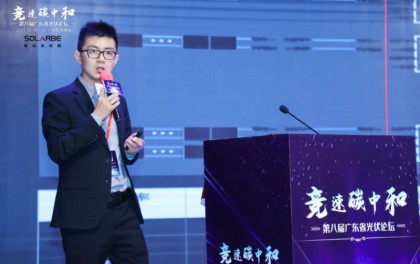
- 2021年,是光伏步入平价时代的第一年,在2030年碳达峰、2060年碳中和两大目标引导下,光伏产业迎来了前所未有的发展机遇,作为行业风向标,2021年广东省光伏论坛也迎来了第八届。在光伏爆发期来临之际,固德威太阳能
-
5 电池片价格继续下降,产能过剩程度加深
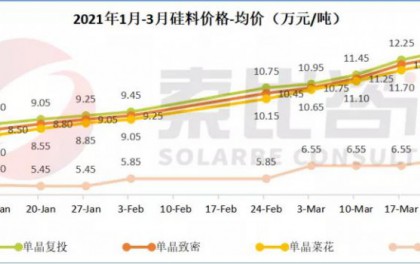
- 本周硅料价格涨势稍缓,硅片维稳,但不通则痛,组件环节下调开工率减产以抑制上游涨价,产能过剩逐渐加重,大量电池片无处可销,降价是唯一的出路。另外,由于单晶成本压力日渐增大,多晶需求增大态势明显,价格有所
-
1 朱共山:保利协鑫硅料不再涨价,产业应互相扶持

- 索比光伏网讯:3月24日晚间,保利协鑫董事局主席朱共山宣布:为增强行业内外部信心,稳定产业供应,让光伏行业在平价元年顺利过渡,有效助力国家碳中和大目标,近期保利协鑫的硅料价格将不再上涨,并呼吁行业同类企
-
2 时璟丽:预计2021年户用光伏补贴规模超10GW
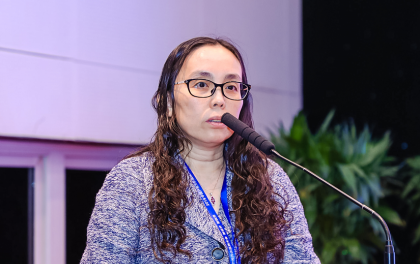
- 3月19日,2021年户用光伏品牌大会在安徽合肥举行。国家发改委能源研究所研究员时璟丽在演讲中表示,2021年户用光伏仍有单独补贴,预计规模不少于10GW,管理模式和程序不变。时璟丽介绍,在2030年碳达峰、2060年碳中
-
3 大同2021年光伏行动方向:加大分布式光伏建设、打造“光储氢”产业基地!

- 近日,大同市发展和改革委员会主任王明生在大同市第十五届人民代表大会第六次会议上作《关于大同市2020年国民经济和社会发展计划执行情况与2021年国民经济和社会发展计划(草案)的报告》。报告指出:2020年,大同市光
-
4 重磅!国家五部委七项金融措施促进补贴拖欠解决!

- 发改运行〔2021〕266号各省、自治区、直辖市、新疆生产建设兵团发展改革委、财政厅(局),人民银行上海总部、各分行、营业管理部、各省会(首府)城市中心支行、副省级城市中心支行,各银保监局,能源局:近年来,各地
-
5 “碳中和”目标下,未来十年光伏产业的使命与担当
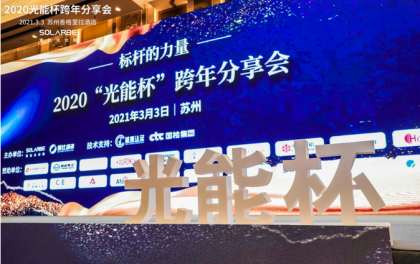
- 桃李春风一杯酒,江湖夜雨十年灯。经过十数年的时间洗礼,光伏行业市场格局正在进入一个全新的时代。正如索比光伏网总编曹宇所说,2020年,对于光伏产业是个特殊的年份,不仅有着技术大年、平价之年的称号,同时也是



